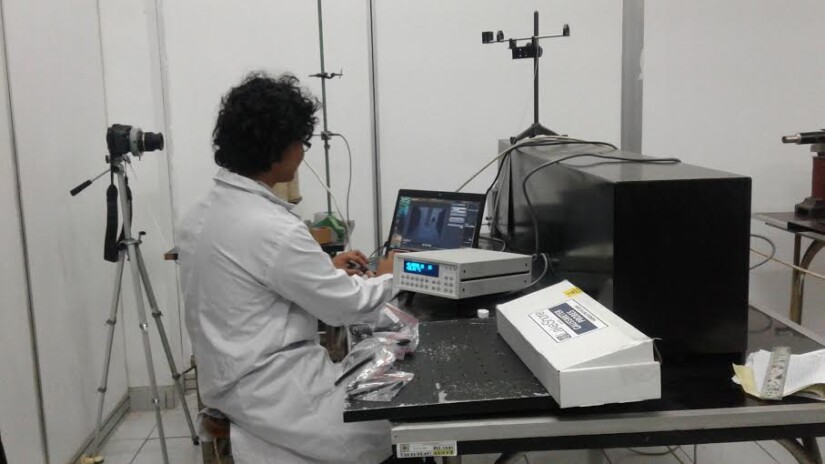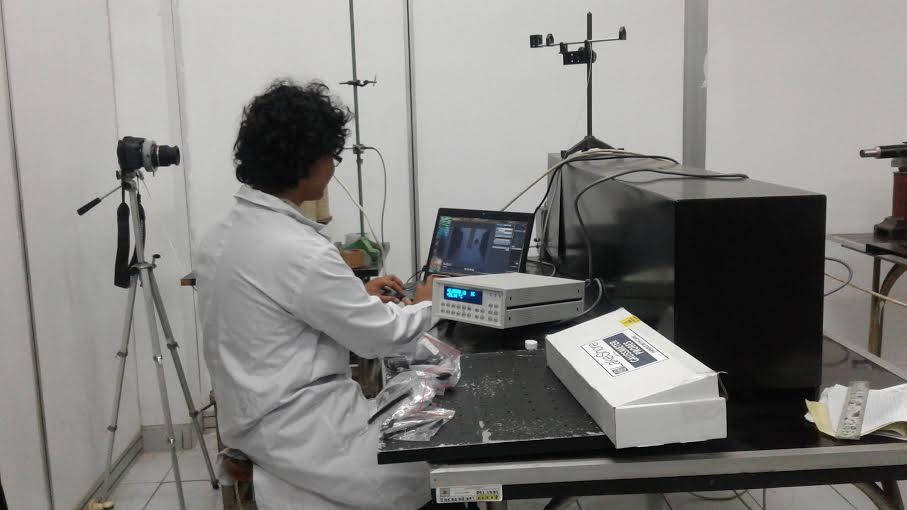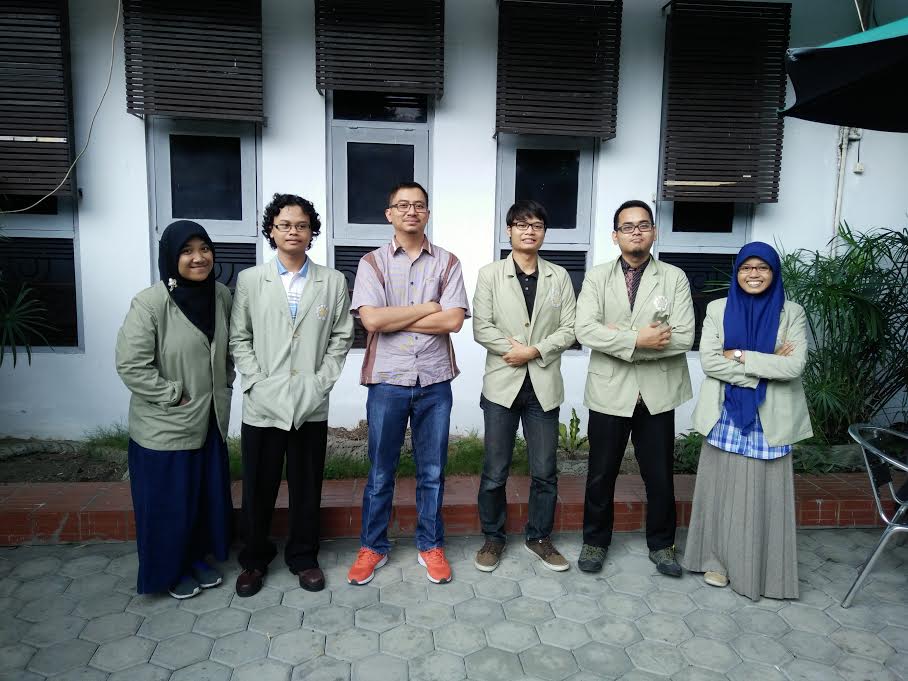Five students of the Physics study programme at Universitas Gadjah Mada succeeded in developing technology innovations that are useful in the field of automotive industry. Febrilian Dwi L, Arjun Prayoga Aji, Tanty Dwi Purwita, Yeti Rafitasari, and Harry Miyosi S are developing artificial muscles that can be used in robotic system, the automotive industry, and a variety of electronic and health devices. The artificial muscleis called elastic magnet or MaLis.
Chairman of the MaLis developers, Febrilian, said that most robots are driven by a system or actuator which are based on the electric motor. Using electric motor-based actuator has its downside such as limited size and shape. Not only that, the transmission of the actuator would be complex, the movements are limited, and it can not be controlled accurately.
“In addition, the actuators are usually made of hard elements so they would be heavy and noisy,” he explained, Wednesday (3/8), at UGM campus.
According to Febrilian, soft elastic material is required for future technology that is based on human engineering and harmony between machines and humans. However, until now the most promising materials for artificial muscles is liquid crystal elastomer of which the synthesis is difficult and expensive.
Responding to the condition,these five students tried to find the appropriate composition in the manufacture of artificial muscles that meets certain parameters such as affordability and easily provided so that it can be an alternative synthesis of liquid crystal elastomer for the purposes of artificial muscles. They innovated the technology by using magnetic elastic as an alternative to the artificial muscle.
The study was conducted using the method of the base material doping with a magnetic rubber material. The arch and deviation of the materials is tested by giving a certain magnetic field. After that, it was tested for load resistance.
Febrilian explained that their elastic magnet has the maximum endurance and ability from the composition of 50% gasket and 50% magnetic powders. From the results it is known that the rubber material most potential to be the artificial muscle material is a type of gasket material.
Results of the study that were born of Student Creativity Program UGM has provided an alternative actuator that can be utilized in the field of medical robotics and automotive industry. This elastic magnet actuator can produce a continuous movement and has a high precision and accuracy.
“These results have the potential to support future technology based on human engineering and harmony between machines and humans with inexpensive and easily provided materials,” he concluded.





